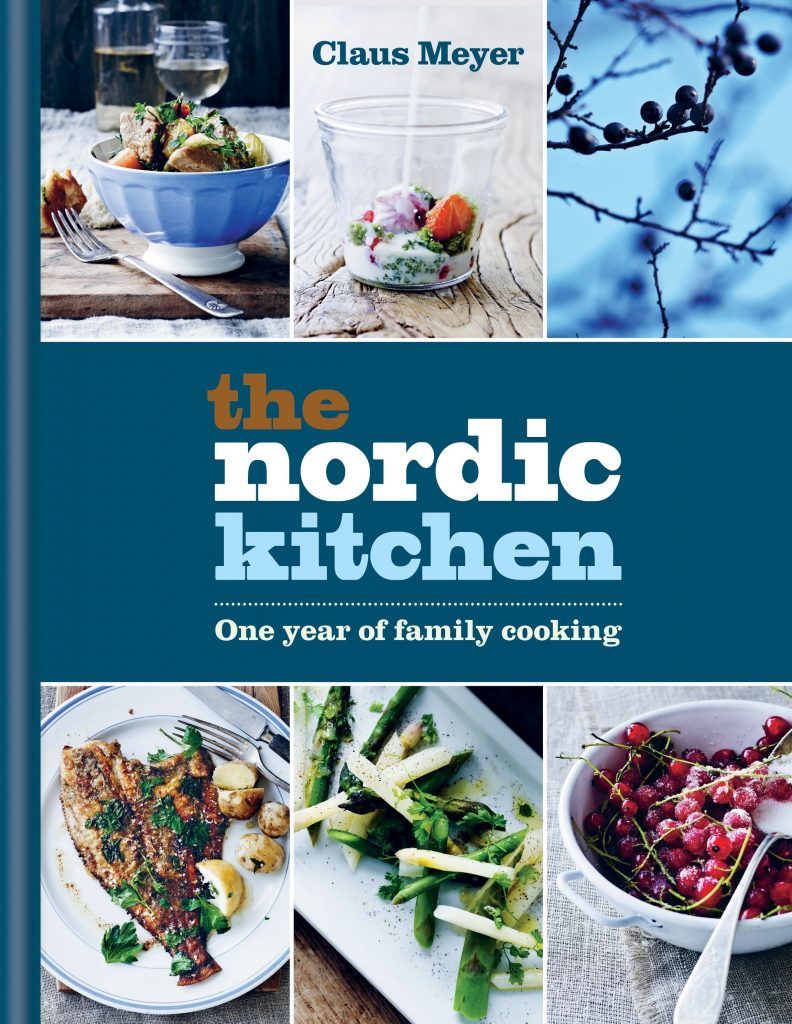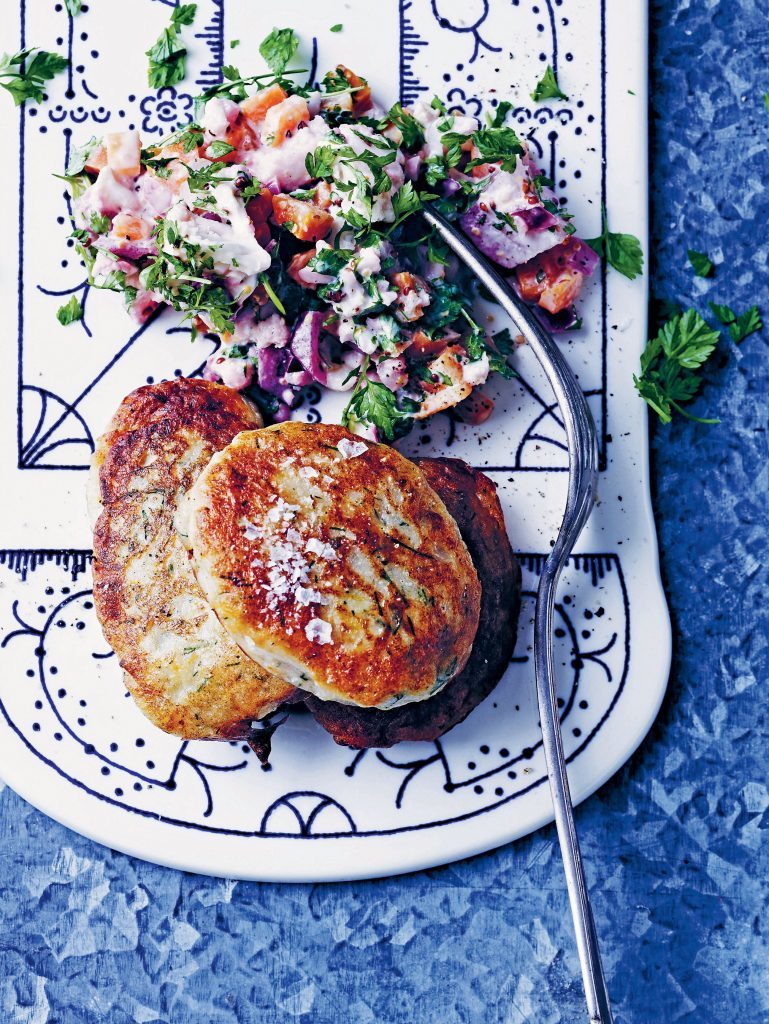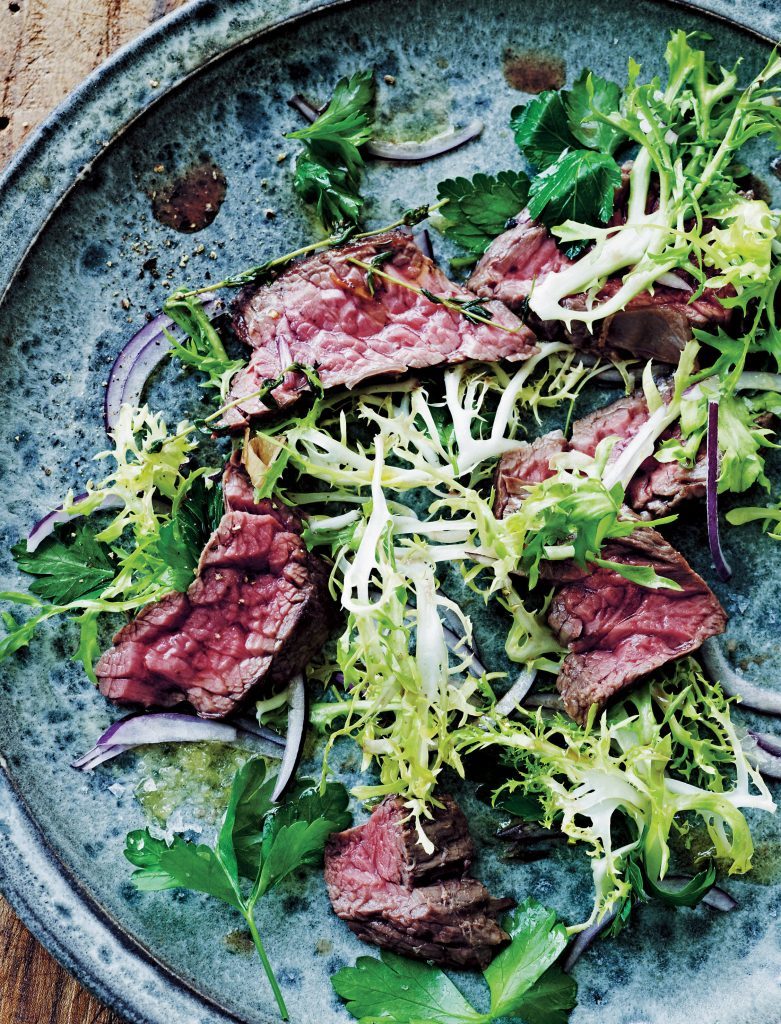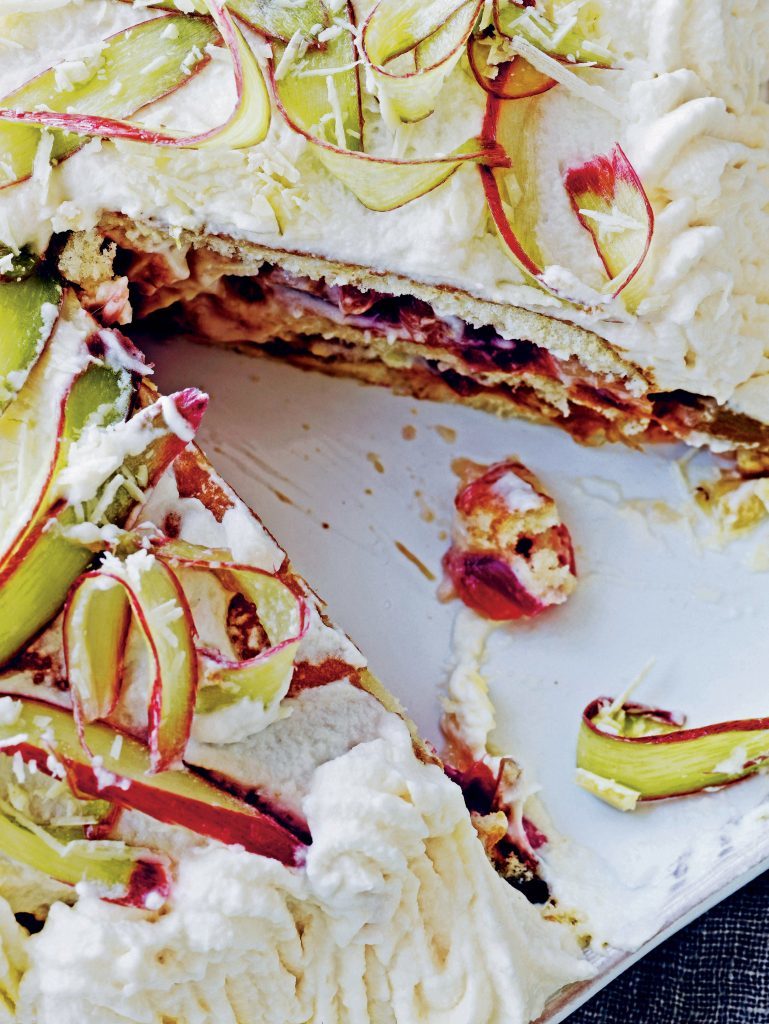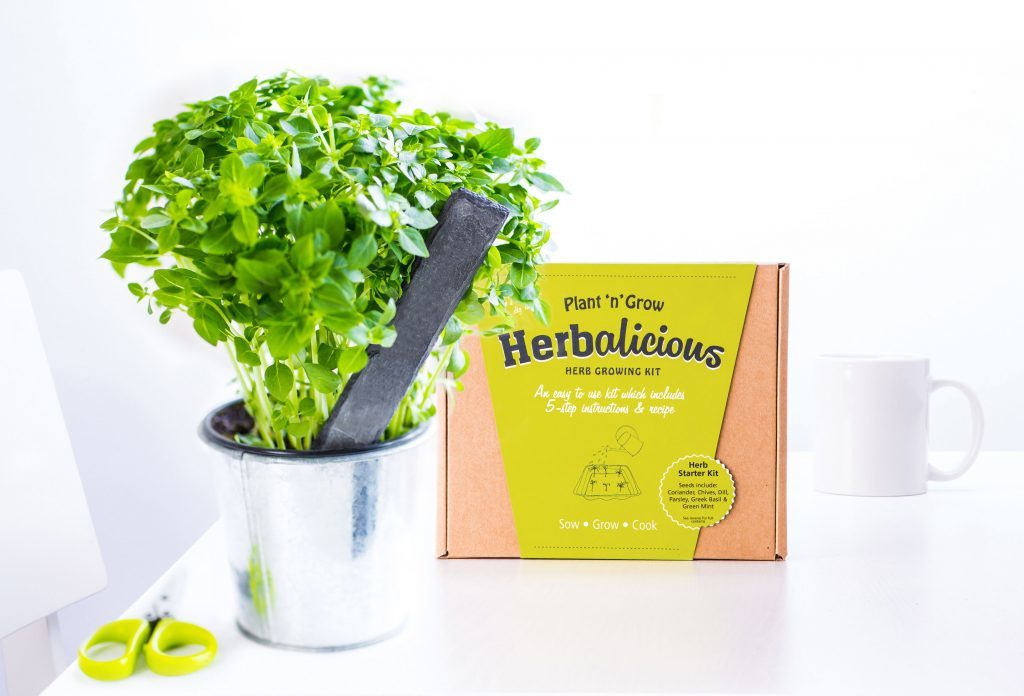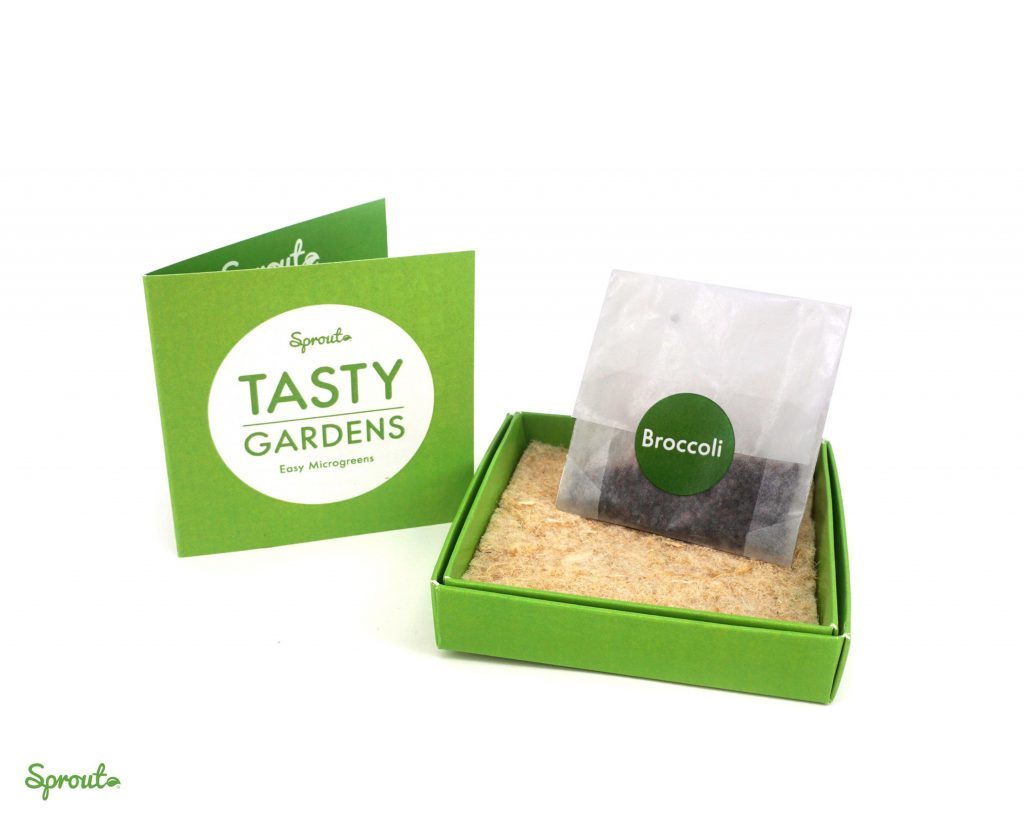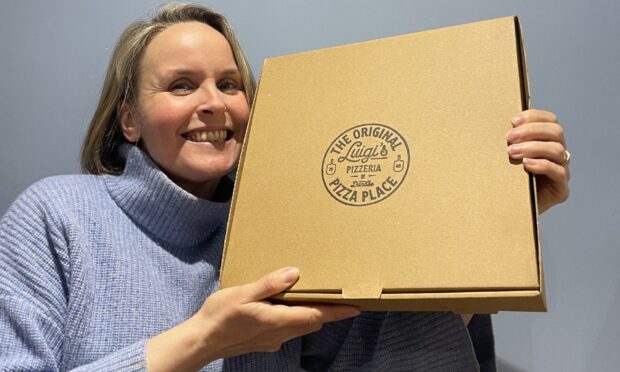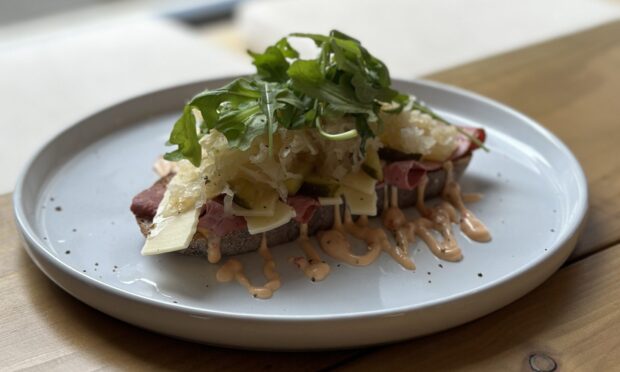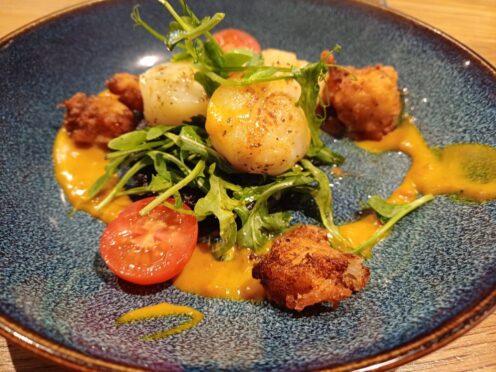Restaurateur Claus Meyer co-founded Copenhagen’s Noma, aka the best restaurant in the world, and now he’s taking on New York. Having spearheaded the New Nordic Cuisine food revolution in Denmark, he talks moving to the Big Apple and home cooking with Ella Walker
Fresh from an appearance on Saturday Kitchen, Claus Meyer is in a sea-blue three-piece suit and has spent the morning chopping up a raw inner-thigh of beef to make beetroot tartar with horseradish.
The restaurateur, businessman and chef is what you’d call supremely Nordic – from his no-nonsense attitude, to his chiselled, Viking cheekbones.
That and the fact he spearheaded the Nordic cuisine food movement and co-founded Noma, widely considered the best restaurant in the world.
“It’s difficult to compare anything with Noma,” he muses, “but it wasn’t my achievement alone, I had a very good chef and friend and partner with me down the road in Rene [Redzepi], and he grew a lot through the project. He was an unknown chef when we started, now he’s the most known chef in the whole world.”
Noma sent Claus stratospheric in the world of food, while driving the New Nordic Cuisine movement, and developing a manifesto for it in 2004 saw him define and develop a whole new way of thinking about and working with food in Denmark, focusing on simplicity, seasonality and freshness.
“Not only did we launch the Nordic Cuisine,” he says proudly, “we also launched the concept of any region having the potential – not only the right – but also the possibility, to suddenly capture the moment.”
However,Claus’ personal ideas on food, and his recipes for home cooks, have only just become available in the UK.
When he first wrote The Nordic Kitchen, it was at a time where, he explains, having launched Noma and Nordic Cuisine, he “wanted to translate all the culinary ideas and bring them into a home cooking context”.
Claus can seem severe, and the recipes spare, but, he says: “I consider my food, or any food, like a draft – people should not be afraid to change the recipes slightly, and they should definitely season it so it works for them. Seasoning food is very important, chopping up things and putting them in a salad bowl is so easy, but getting the dressing right? It’s so important.”
Roughly 10 months ago, the 52-year-old moved with his wife, three daughters and two dogs to New York, and although he’s “not missing Denmark as much as I would have expected”, his new project is perhaps his most ambitious to date.
The plan is to open a Nordic brasserie and food hall in Manhattan’s Grand Central Terminal.
“It’s one thing speaking about a project, inventing it, financing it and looking at all the details, but when it starts becoming an operation that runs all day long, all year long, it’s a different animal,” Claus explains.
“So I’m really scared – but I’m also looking forward to get into it. I’m tired of planning and designing it, spending 20 million US dollars getting it up and running, I just want to see that animal. It’s like training a racehorse: you’re in the training field for years, and you want that horse to run.”
As you’d imagine, he gets very few days off, but when he does, Claus says: “I play tennis and do sport with my girls, I read a little bit, I try and discover New York. But besides cooking, running this show, being there for the family, being present, whether that means making an ice-cream with the ice-cream machine, going for a walk with the dogs in the park, watching a nice film – in between those very, very down-to-earth, basic family things, like taking a long breakfast together on a Sunday morning, there is not much time.
“Having brunch is not a passion, but you have to have that in your life somewhere.”
Feeling inspired? Here are three Nordic recipes from Claus’ book to get started with…
:: FISH CAKES WITH TARTARE SAUCE
(Makes 4)
600g skinless cod or haddock fillet
1tsp sea salt
2 eggs
2tbsp plain flour
150ml whipping cream
1 carrot
1 baking potato
1/2 handful of dill, chopped
Freshly ground white pepper
10g butter
1tbsp rapeseed oil
Boiled potatoes or good rye bread, plus salad and tartare sauce, to serve
Put the fish in a food processor and mince coarsely. Add the salt and pulse the minced fish until it is sticky. Place the fish in a mixing bowl.
Add the eggs, flour and then the cream, a little at a time, and stir well until the minced mixture has a good, firm consistency.
Peel the carrot and potato and grate them finely. Squeeze the moisture out of the vegetables with your hands and stir them into the fish cake mixture. Finally, add the chopped dill and white pepper. Refrigerate the mixture for 30 minutes before frying.
Fry large spoonfuls of the mixture in the butter and oil over a medium heat – it is important to be patient so that they form a beautiful crust on the underside before you turn them.
Serve with boiled potatoes or good rye bread, as well as a green or more rustic salad, and a generous dollop of tartare sauce.
:: SEARED HANGAR STEAK WITH FRISEE LETTUCE
(Serves 4, or 6 as a starter)
600g hanger steak (available from your butcher, see tip below)
10 thyme sprigs, chopped
2tbsp olive oil
Sea salt flakes and freshly ground pepper
1 frisee lettuce (or similar curly leafed lettuce)
1/2 handful of parsley
1 small red onion
2tbsp cider vinegar
2tbsp cold-pressed rapeseed oil
Remove the largest tendons and membranes from the hanger steak and rub the meat with the chopped thyme, olive oil, salt and pepper.
Heat up a griddle pan and fry the steak for a short time over a very high heat – give it two to three minutes on each side so it’s still quite pink and juicy in the middle.
Meanwhile, cut off the root of the lettuce and divide it into large leaves. Wash the leaves and dry in a salad spinner or with a clean tea towel. Pick off the leaves from the parsley and wash and dry them as well. Peel and finely slice the red onion, then mix with the frisee and parsley. Toss with the vinegar, rapeseed oil, salt and pepper.
Remove the meat from the pan and leave it to rest for one minute before cutting it into thin slices and serving with the salad.
Tip: Hanger steak, also known as butcher’s steak and what the French call onglet, is so called because it hangs from the diaphragm, and is located just above the kidneys. You can order hanger steak at your butcher’s, or just replace it with flank steak.
:: RHUBARB CAKE
(Serves 8)
For the cake layers:
4 organic eggs
125g sugar
150g plain flour
1tsp baking powder
Butter, for greasing
For the rhubarb compote:
300g rhubarb stalks
150g unrefined cane sugar
1 handful of lemon balm (a plant similar to mint, which can be found growing wild – or you can leave this out)
1/2 vanilla pod
To assemble:
50g blanched almonds
50g white chocolate, plus extra shavings to decorate
500ml whipping cream
1 rhubarb stalk
A little sugar, for sprinkling
First, make the cake layers. Beat the eggs and sugar together in a bowl until pale and foamy. Mix the flour and baking powder together and sift into the batter, then fold in gently with a spatula.
Grease a springform cake tin (about 22cm in diameter) with butter and pour in the cake batter. Bake the cake in the centre of a preheated oven at 200C/Gas Mark 6 for about 30 minutes. Remove the cake from the oven and leave to cool in the tin on a wire rack. When the cake is completely cool, carefully cut horizontally into three equal layers with a sharp knife.
Now cook the compote. Cut off the tops and bottoms of the rhubarb stalks, but be careful not to remove the white ‘foot’ of the stalk, which is where the rhubarb flavour is most concentrated and best. Rinse the stalks in cold water, cut into 1-2cm pieces and put in an ovenproof dish with the lemon balm. Split the vanilla pod lengthways, scrape out the seeds and mix with a little of the sugar, making them easier to distribute in the dish. Mix the vanilla sugar into the rest of the sugar, then sprinkle over the rhubarb. Stir well and add the pod to the dish.
Bake in a preheated oven at 150C/Gas Mark 2 for 15-20 minutes until the rhubarb is tender but still has a firm bite. Remove the dish from the oven and leave the compote to cool completely.
Chop the almonds and white chocolate roughly. Whip the cream, set half aside for decoration and gently fold the almonds and chocolate into the other half. Add the rhubarb compote and fold in.
Assemble the cake with the flavoured whipped cream between each layer, and finish by decorating it with the pure whipped cream – for the best effect, use a piping bag. Another decorative trick is to create rhubarb shavings by running a vegetable peeler lengthways along a rhubarb stalk. Toss the shavings with a little sugar before scattering over the cake, and finish with shavings of white chocolate.
:: The Nordic Kitchen: One Year Of Family Cooking by Claus Meyer is published by Mitchell Beazley, priced £25. Available now
THREE OF THE BEST… Windowsill herb kits
:: Basil growing pot, £3, HEMA (www.hemashop.com)
Not only is this cute, it’s really easy to get going. Seeds and an expandable disc of soil are included; simply add water and within a week or two, you can start harvesting basil leaves – perfect with tomatoes.
:: Herb Starter Growing Kit – Fresh Herbs, £13.95, Plant ‘n’ Grow (www.plant-n-grow.co.uk)
This sets you up with all the herbs you’ll need – including coriander, chives, dill, French parsley, Greek basil and mint – and it’s so satisfying watching them grow.
:: Sprout Tasty Gardens, around £8.90 for pack of three, Sprout World (www.sproutworld.com)
Although you won’t get a full head of broccoli out of this, you can add these micro greens to salads for extra vitamins and minerals – and to look a bit fancy, of course.


